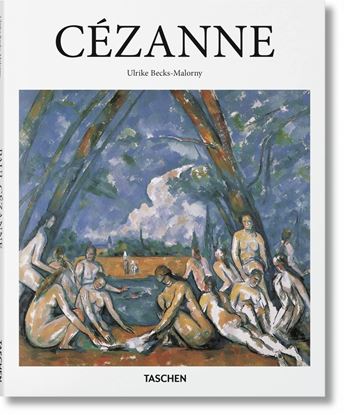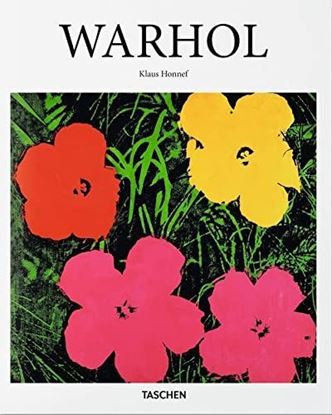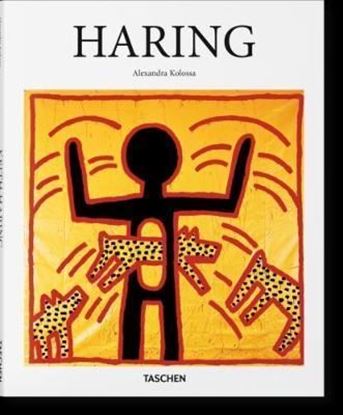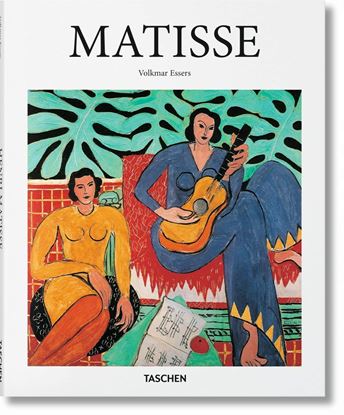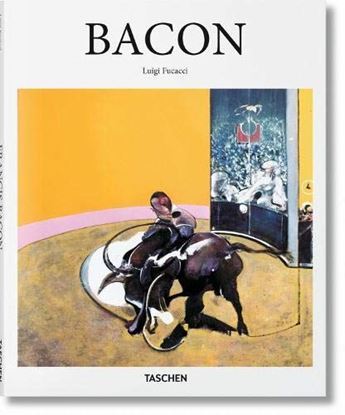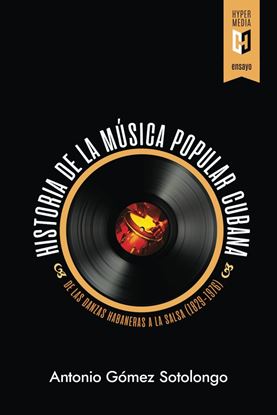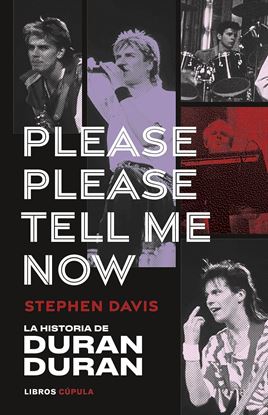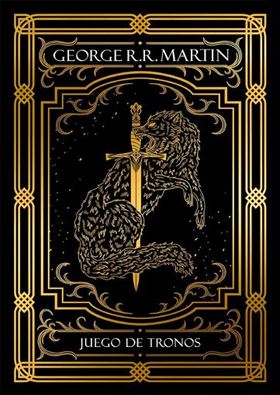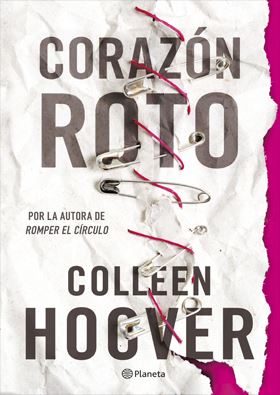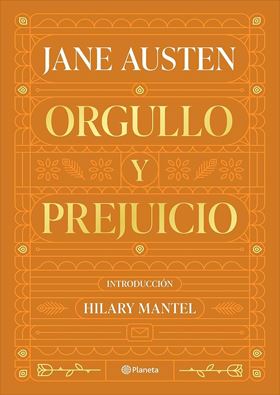

CEZANNE (BA-ART) (GB)
In the latter half of the 19th century, in the verdant countryside near Aix-en-Provence, Paul Cézanne (1839–1906), busily plied his brush to landscapes and still lifes that would become anchors of modern art. With compact, intense dabs of paint and bold new approaches to light and space, he mediated the way from Impressionism to the defining movements of the early 20th century and became, in the words of both Matisse and Picasso, “father of us all.”
This fresh artist introduction selects key works from Cézanne’s oeuvre to understand his development, innovation, and crucial influence on modern art. From compositions of fruits and pears to scenes of outdoor bathers, we trace his experimentation with color, perspective, and texture to evoke “a harmony parallel to Nature,” as well as the very process of seeing and recording.
Along the way, we discover Cézanne’s celebrated Card Players, his layering of warm and cool hues to build up form and surface, and the geometric rigor of his landscapes from the vicinity of Aix-en-Provence, as bright with the light of southern France as they are bold with a radical new rendering of dimensions and depth.
1,350
WARHOL (BA-ART) (GB)
Andy Warhol (1928–1987) is hailed as the most important proponent of the Pop art movement. A critical and creative observer of American society, he explored key themes of consumerism, materialism, media, and celebrity.
Drawing on contemporary advertisements, comic strips, consumer products, and Hollywood’s most famous faces, Warhol proposed a radical reevaluation of what constituted artistic subject matter. Through Warhol, a Campbell’s soup can and Coca Cola bottle became as worthy of artistic status as any traditional still life. At the same time, Warhol reconfigured the role of the artist. Famously stating “I want to be a machine,” he systematically reduced the presence of his own authorship, working with mass-production methods and images, as well as dozens of assistants in a studio he dubbed the Factory.
This book introduces Warhol’s multifaceted, prolific oeuvre, which revolutionized distinctions between “high” and “low” art and integrated ideas of living, producing, and consuming that remain central questions of modern experience.
1,350
HARING (BA-ART) (GB)
One of the key figures in the New York art world of the 1980s, Keith Haring (1958–1990) created a signature style that blended street art, graffiti, a Pop sensibility, and cartoon elements to unique, memorable effect. With thick black outlines, bright colors, and kinetic figures, his public (and occasionally illegal) interventions, sculptures, and works on canvas and paper have become instantly recognizable icons of 20th-century visual culture.
From his first chalk drawings in the New York City subway stations, to his renowned “Radiant Baby” symbol, and his commissions for Swatch Watch and Absolut Vodka, Haring’s work was both emblematic of the manic work ethic of 1980s New York, yet distinctive for its social awareness. Belying their bright, playful aesthetics, his pieces often tackled intensely controversial socio-political issues, including racism, capitalism, religious fundamentalism, and the increasing impact of AIDS on New York’s gay community, the latter foreshadowing his own death from the disease in 1990.
1,350
MATISSE (BASIC ART EDITION)
The work of Henri Matisse (1869–1954) reflects an ongoing belief in the power of brilliant colors and simple forms. Though famed in particular for his paintings, Matisse also worked with drawing, sculpture, lithography, stained glass, and collage, developing his unique cut-out medium when old age left him unable to stand and paint.
Matisse’s subjects were often conventional: nudes, portraits, and figures in landscapes, Oriental scenes, and interior views, but in his handling of bold color and fluid draftsmanship, he secured his place as a 20th-century master. It was Matisse’s palette that particularly thrilled the modern imagination. With vivid blue, amethyst purple, egg-yolk yellow, and many shades beyond he liberated his work from a meticulous representation of reality and sought instead a “vital harmony,” often referring to music as an inspiration or analogy for his work.
A comprehensive and informative source, this lavishly illustrated publication has been revised in close collaboration with the Matisse estate. Including preparatory studies, full-page reproductions, and enlarged details, discover the artist's adventurous path, from the chromatic brilliance of his Fauve period, right through to his invention of gouache cut-outs at the ripe age of 80. Each image has been reproduced with painstaking care to create a viewing experience worthy of the expressionist par excellence. The bard of color deserves no less.
1,350
BACON (BASIC ART EDITION) GB
Largely self-taught as an artist, Francis Bacon (1909–1992) developed a unique ability to transform interior and unconscious impulses into figurative forms and intensely claustrophobic compositions.
Emerging into notoriety in the period following World War II, Bacon took the human body as his nominal subject, but a subject ravaged, distorted, and dismembered so as to writhe with intense emotional content. With flailing limbs, hollow voids, and tumurous growths, his gripping, often grotesque, portraits are as much reflections on the trials and the traumas of the human condition as they are character studies. These haunting forms were also among the first in art history to depict overtly homosexual themes.
1,350
HISTORIA DE LA MUSICA POPULAR CUBANA
Este libro constituye una lectura apasionante e instructiva, a la vez que nos presenta un testimonio conmovedor, debido a la manera profunda y personal, en que el autor describe la maravilla que fue la isla de Cuba desde el inicio de su historia.
En él encontrarán los interesados un estudio exhaustivo de la materia expuesta, que lo convierte, definitivamente, en obligado material de estudio sobre el importante tema de la música popular comercial en Cuba.
1,350
PLEASE, PLEASE TELL ME NOW
En Please, Please Tell Me Now, el reconocido biógrafo de rock Stephen Davis cuenta la historia de Duran Duran. Su apariencia de niños buenos les convirtió en estrellas, pero fue su brillante maestría musical lo que los llevó a una serie de éxitos número uno. A finales de la década habían vendido 60 millones de álbumes; a día de hoy, más de 100 millones.
Davis remonta sus raíces al austero malestar británico de la década de los 70. Guapos, británicos y jóvenes, Duran Duran fueron quienes encabezaron el concierto Live Aid y la banda se movía en los círculos más glamurosos: Nick Rhodes (teclista) se hizo cercano a Andy Warhol y a la princesa Diana y John Taylor (bajista) salió con la chica mala por excelencia, Amanda De Cadanet. Con éxitos atemporales como «Hungry Like the Wolf», «Girls on film», «Save A Prayer» o el tema más vendido de James Bond, «A View To a Kill».
Con entrevistas exclusivas con la banda y fotos nunca antes publicadas de sus archivos personales, este libro ofrece el relato definitivo de una de las bandas más importantes en la historia de la música.
1,350
STAR WARS. ULTIMOS JEDI NAVES Y OTROS
Este fantástico libro muestra por dentro trece vehículos de la película Star Wars. Los últimos Jedi.
Cada vehículo se ilustra a todo color y va acompañado de leyendas que describen todos sus rasgos relevantes.
Estas ilustraciones, junto con un exhaustivo texto, hacen de este volumen una de las mejores guías para la nueva incursión en la galaxia Star Wars.
1,350
STAR WARS. ULTIMO JEDI DICCIONARIO VISUA
El Diccionario Visual de Star Wars. Los últimos Jedi presenta a todos los personajes, criaturas, droides, localizaciones y tecnología de la película.
Con más de un centenar de imágenes e información de la mano de Pablo Hidalgo, creador de contenidos de Star WarsTM, es un libro imprescindible para todos aquellos fans que quieren ir más allá de la experiencia cinematográfica.
1,350

